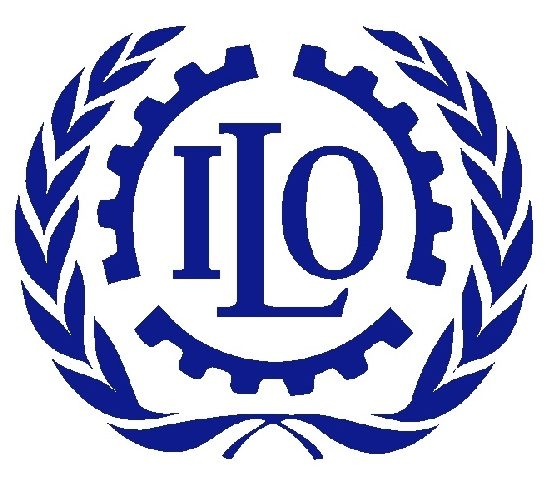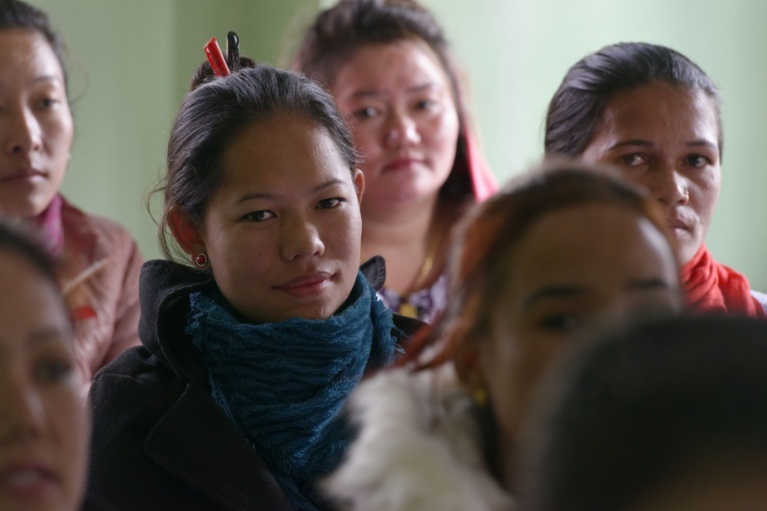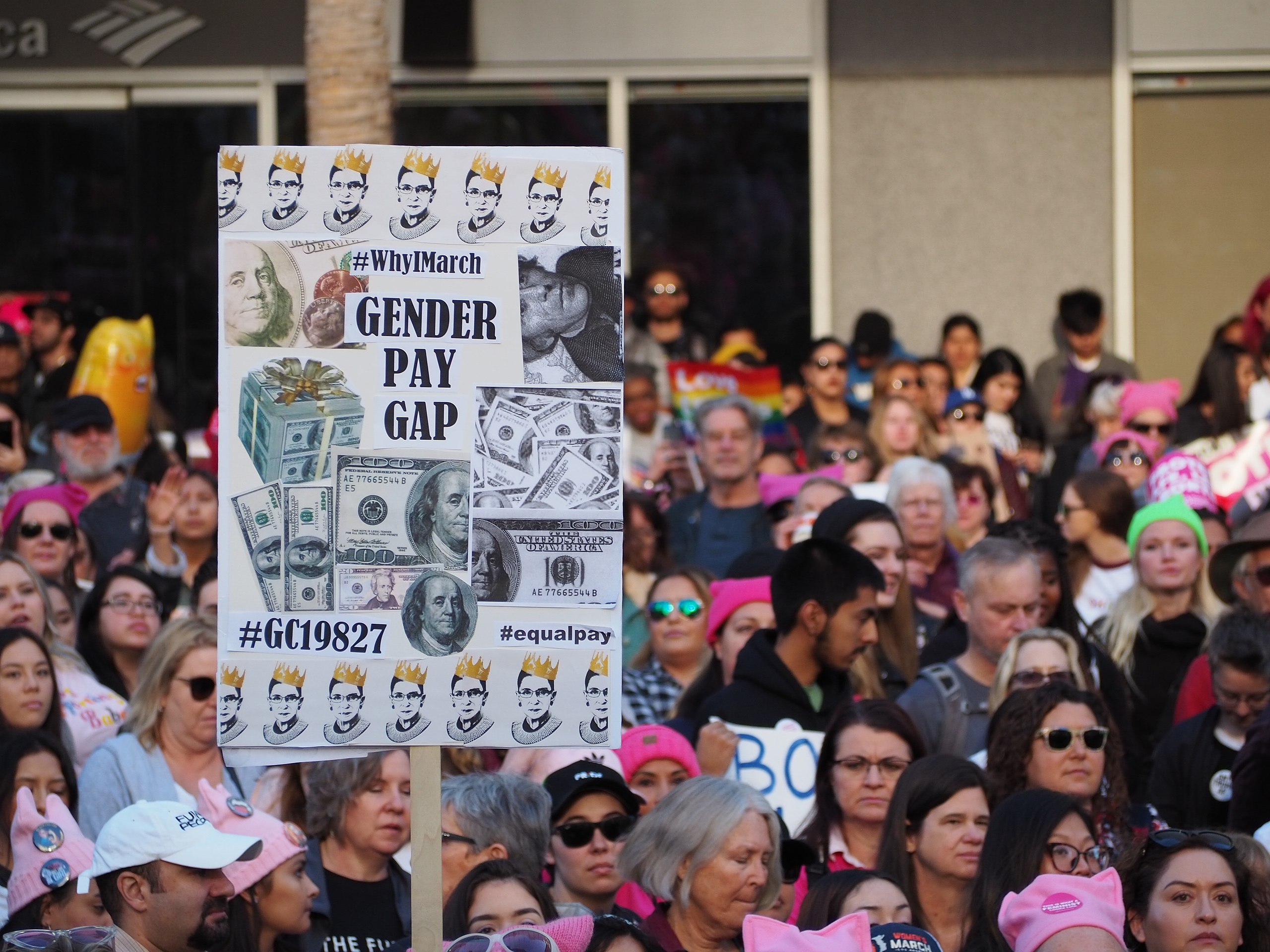Today, we examine the statistics to understand how much has really changed for young women in Asia and the Pacific over the past 25 years. Unfortunately, a look at the numbers reveals that when it comes to gender equality in access to decent jobs, only minor progress has been made so far.
While global rates of higher-level educational attainment have increased dramatically, across the entirety of Asia and the Pacific there remains a significant discrepancy between the percentages of young women aged 15-24 who are not in education, employment or training (NEETs) compared to men.
In some countries, NEET rates are high for both women and men, hinting at a lack of job and training opportunities for both sexes. In others, young women are twice as likely to be NEETs compared to men, which highlights a specific difficulty for women to participate in the labour market or access education. This difference is largest in Afghanistan where 65.9 per cent of young women have NEET status versus only 18.3 per cent of young men. It is smallest in Japan, where young women with NEET status account for 3.5 per cent of the female youth population, compared to young men who account for 2.2 per cent.
In the Asia-Pacific region, NEET rates vary widely. South Asia remains the sub-region where the highest level of female NEET rates are concentrated, due to the difficulty for women to access education and the labour market as they continue in the role of primary provider of care services in the home. Our analysis of the 2017/18 labour force survey of Nepal finds that 92 per cent of female NEETs were doing work in the household (caring for children, cooking, cleaning, etc.). This is three times greater than the share of male NEETs doing household work. Furthermore, a recent ILO study found that, on average, women in this region spend four times more hours on unpaid care work than men, and that men in this region spend the least amount of time on care work across all regions.
Does education make it easier?
While education is typically associated with increasing the likelihood of obtaining a job, it does not always shield women from unemployment. In fact, in Southern Asia countries, the unemployment rate of women with the highest level of education tends to be double that of young men with the same education level.
Cultural expectations have a lot to do with keeping educated women out of the labour force in Southern Asian countries, but stereotypes regarding what jobs are appropriate for women influence labour market outcomes throughout Asia too. In some countries, for example, girls are banned from studying a variety of subjects deemed to be unsuitable for them. When young women are allowed to tap into a smaller segment of the job market than young men, the result is a gender gap in unemployment rates and higher rates of female inactivity.
Another challenge comes with job advertisements that ask only men to apply. This is unfortunately still common in some countries in the region for jobs like drivers. Meanwhile, for jobs in which women can apply, they may face situations where employers ask them about their love life and family situation. Men are not asked these questions.
In many countries, women, especially married women, are expected to prioritise housework and care work. But there is another factor keeping women out of the workplace in some countries – one that is more sinister – which is violence and harassment against women. According to UN Women, “studies in Japan, Malaysia, the Philippines and South Korea show that 30 to 40% of women suffer workplace sexual harassment”. An ILO study on the garment sector finds that sexual harassment is a common occurrence, particularly among migrant workers. In the hopes of reversing this trend and shaping a world of work free from violence and harassment, in 2019, the ILO adopted Convention No. 190 and Recommendation No. 206 for the Elimination of Violence and Harassment in the World of Work. Convention 190 recognizes that in addition to carrying a social and economic cost, workplace harassment can be a human rights infringement that disproportionately affects women, and that governments, employers and workers organizations together have a duty to tackle it. The ILO is working to raise awareness on the new Convention’s content by building a common understanding on what it is, who it affects and how to prevent and address it, and by helping to strengthen the capacity of countries to eliminate violence and harassment in the world of work within their country contexts.
“Generation Equality: Realizing women’s rights for an equal future” is a UN Women-led campaign in the wake of the 25th anniversary of the Beijing Declaration that demands equal pay, equal sharing of unpaid care and domestic work, gender-responsive health-care services, equal participation in political life and decision-making, and an end to sexual harassment and violence against women and girls. The objectives are lofty and well worth pursuing.
Yet based on the current assessment of ILOSTAT data, we should acknowledge that we have a long way to go to reach a generation of equity in the Asia-Pacific region. While recent ILO reports like A quantum leap for gender equality demonstrate some minor gains for women workers around the world, the fact remains that many young women in Asia and the Pacific still face significant barriers in equal access to qualified work.
Together we can change this. Generation equality begins with each of us. Will you join us in saying “I am #GenerationEquality”?
This post was drafted by Nadia Feldkircher and Laurel Anderson Hoffner, Interns at the ILO Regional Office for Asia and the Pacific.
Author
-

ILO Regional Office for Asia and the Pacific
This ILO regional office covers 36 countries and is one of the most diverse in the world – ethnically, culturally, religiously and economically. Learn more »












